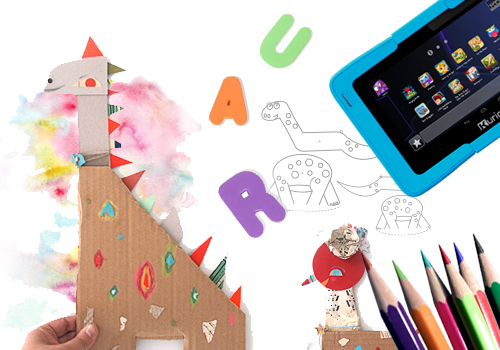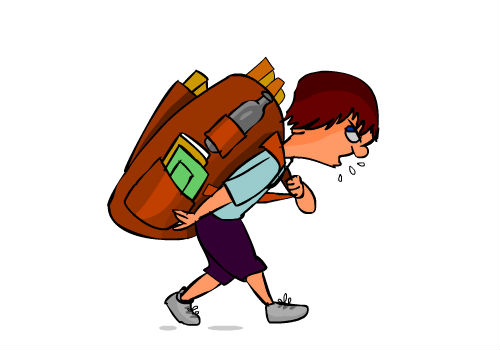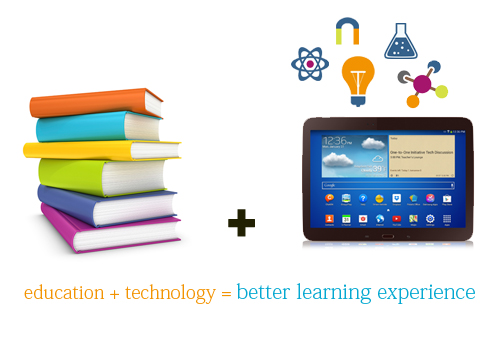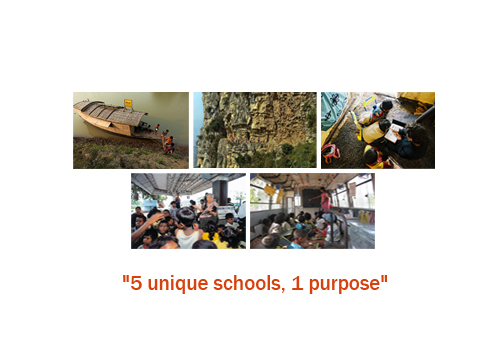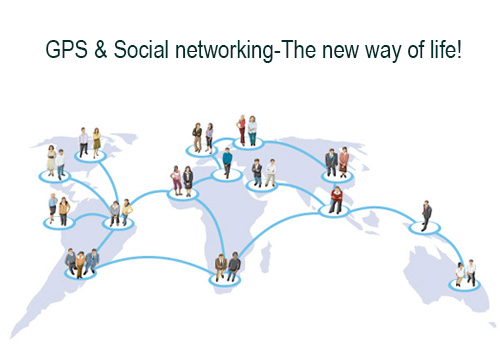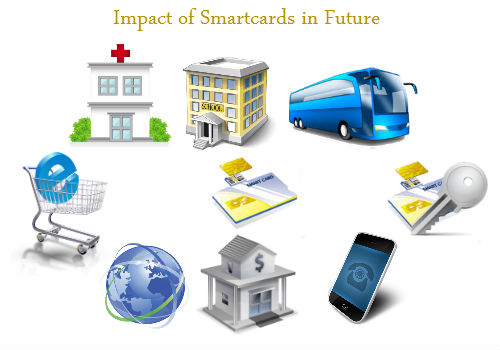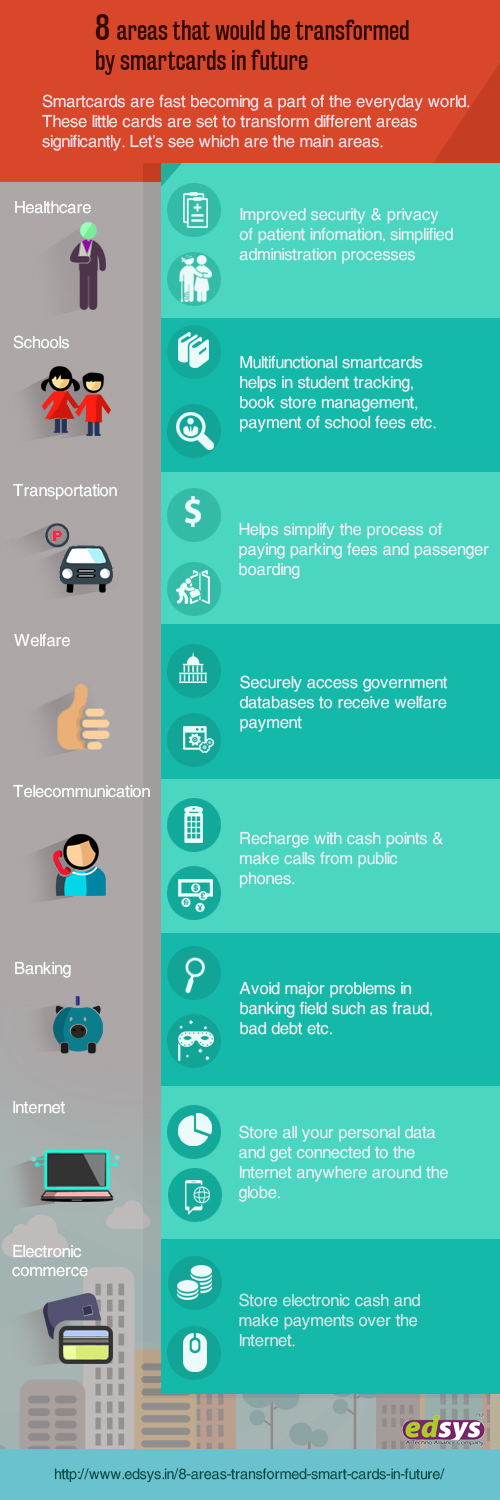Social equality is the state of affairs in which all people within a specific society or established group have the same status in certain respects. But, inequality is evident in most aspects of lives which includes racial, ethnic, socio-cultural and economic differences. Along with society, the egos of man create inequality.
Inequalities in schools
Children are not much bothered about such inequalities. But unknowingly, they also become a part of it. They won’t purposefully create this but it arises sometimes when not given proper attention.
Types of inequalities in schools:
1. Gender inequality
Not only in schools, but it is also a major problem everywhere. Sometimes, restrictions are imposed on students of a particular gender in schools or they may be discriminated on that basis.
Get FREE Teacher Apps (Check it Now)
2. Racial inequality
Racial inequalities can occur mainly based on the particular caste, religion or the area a student belongs to. The majority will show a tendency to rule them or to avoid them from mainstream activities. Sometimes, even skin complexion can be the basis of such discrimination. This may very badly affect the confidence and calibre of students.
3. Economic inequality
This is also a worst form of inequality that appears among school children. In a school, students belonging to different financial backgrounds study in the same class. This gap is evident in the cloths the students wear, different accessories and stationeries they use in the class and the cash they bring to the class for their needs. Discrimination based on the financial status can hurt the students and make them feel inferior.
4. Academic inequality
All students don’t have the same calibre to learn or to grasp lessons. Their grades also vary. If the teachers show an extra affection towards those who score well, it will badly influence the weak children. The comparison made between the students by teachers and parents can be harmful.
How to solve these inequalities?
- To solve gender inequalities, the teachers and parents involved should work together. The habit of giving priorities for a particular gender should be avoided. Let all students participate in all the activities irrespective of their gender. Discard the activities which don’t support mutual participation.
- Racial discrimination should be avoided in schools. All students are equal, no matter what their religion, caste, complexion or locality is. The teacher must not be biased and also, they should take necessary disciplinary actions towards those who pass biased comments and remarks.
- Teach the students the importance of secularism and unity. Make them aware of the feelings of those who are marginalized in the society. Tell them stories and incidents to develop a humanitarian concern in them.
- To solve the economic inequalities, the first thing is to implement uniform for schools and make it compulsory to wear it on all days. The schools should supply the uniform, books, stationeries etc. for them. If possible, the schools should provide lunch too.
- Inform the parents not to give any cash to the students unless the teacher demands.
- Smartcards can be implemented so that the students can make their necessary purchases with that. The students will not have to bring money to the school and spend it unnecessarily because their parents will be aware of every item they purchase with that from school store or canteen.
- To solve the academic inequalities, the teachers must take the upper hand. Always divide the class into groups which includes all levels of students for class activities. Give special attention to those who are weak and bring them up to the level of others.
- Utilize Parent portal for better communication between the teachers and parents. Through Parent Portal, every parent can contact the teachers and get information regarding their child confidentially. They don’t have to feel bad about disclosing anything regarding their child to the teacher, so that the teacher can take care of the issue without letting others know about it.



